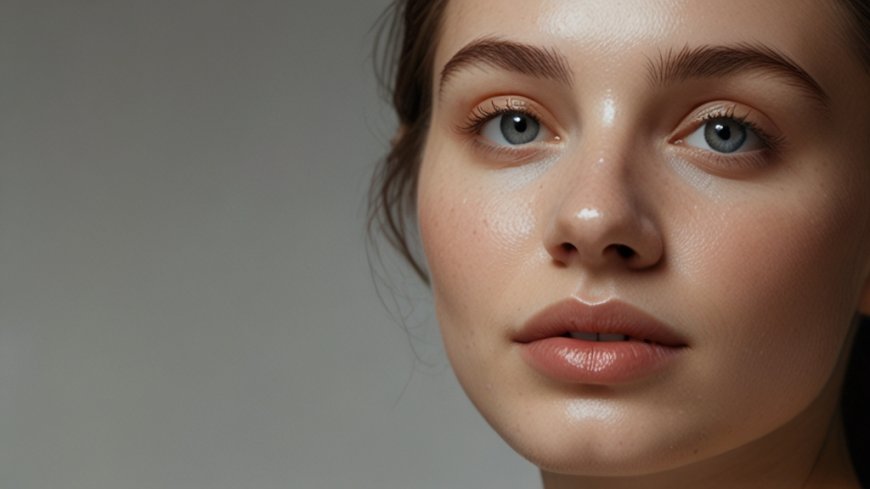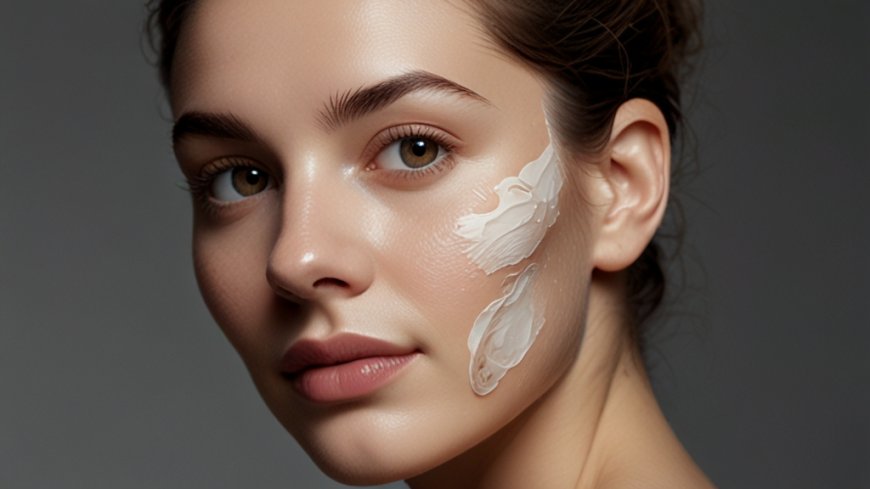Skincare Essentials: Building a Routine for Radiant Skin
Skincare Essentials: Building a Routine for Radiant Skin Skincare is a crucial aspect of maintaining beauty, as the skin is the body’s largest organ and the most visible reflection of our overall health. A well-rounded skincare routine tailored to one’s specific skin type and concerns is essential for achieving and maintaining radiant, healthy skin. This section will guide you through the essentials of building an effective skincare routine, from cleansing to protection.
Skincare is a crucial aspect of maintaining beauty, as the skin is the body’s largest organ and the most visible reflection of our overall health. A well-rounded skincare routine tailored to one’s specific skin type and concerns is essential for achieving and maintaining radiant, healthy skin. This section will guide you through the essentials of building an effective skincare routine, from cleansing to protection.
The first step in any skincare routine is cleansing. Cleansing removes dirt, oil, and impurities from the skin, preventing clogged pores and breakouts. It is important to choose a cleanser that is suited to your skin type. For example, those with oily skin may benefit from a foaming or gel-based cleanser that helps to control excess oil, while individuals with dry or sensitive skin may prefer a cream or lotion-based cleanser that provides hydration and soothing benefits. Cleansing should be done twice a day, in the morning and evening, to ensure that the skin is free from pollutants and makeup residue.
Exfoliation is the next essential step in a skincare routine, but it should be done with caution. Exfoliation helps to remove dead skin cells, revealing a brighter and more even complexion. It also allows other skincare products to penetrate more effectively. There are two main types of exfoliation: physical and chemical. Physical exfoliants, such as scrubs, use small particles to manually slough off dead skin cells, while chemical exfoliants, such as alpha hydroxy acids (AHAs) and beta hydroxy acids (BHAs), dissolve the bonds between skin cells, encouraging cell turnover. Over-exfoliation can lead to irritation and damage, so it is recommended to exfoliate only 2-3 times a week, depending on your skin type.
After cleansing and exfoliation, the skin is ready for treatment products. These products are designed to target specific skin concerns, such as acne, hyperpigmentation, fine lines, and wrinkles. Serums are highly concentrated formulations that deliver active ingredients deep into the skin. Common ingredients include hyaluronic acid for hydration, vitamin C for brightening, and retinol for anti-aging. When using serums, it is important to apply them in the correct order, starting with the thinnest consistency and working towards the thickest. Layering serums allows the skin to absorb the maximum benefits of each active ingredient.
Moisturizing is a crucial step in any skincare routine, as it helps to maintain the skin’s moisture barrier, preventing dehydration and irritation. Even those with oily skin should use a moisturizer to keep their skin balanced. The key is to choose a moisturizer that suits your skin type. Lightweight, oil-free gels are ideal for oily and acne-prone skin, while richer creams and lotions are better suited for dry and mature skin. Moisturizers with added benefits, such as SPF or antioxidants, can provide additional protection and nourishment.
Sun protection is arguably the most important step in a skincare routine, as it protects the skin from the harmful effects of ultraviolet (UV) radiation. UV exposure is the primary cause of premature aging, including fine lines, wrinkles, and hyperpigmentation, as well as an increased risk of skin cancer. It is essential to apply a broad-spectrum sunscreen with an SPF of at least 30 every day, regardless of the weather or season. Sunscreen should be reapplied every two hours when outdoors, and more frequently if swimming or sweating. For those who wear makeup, there are also sunscreen powders and setting sprays that can be used for touch-ups throughout the day.
In addition to these core steps, a well-rounded skincare routine may also include treatments such as masks, eye creams, and facial oils. Masks provide an intensive treatment for specific concerns, such as hydration, detoxification, or brightening, and can be used 1-2 times a week. Eye creams target the delicate skin around the eyes, addressing concerns like dark circles, puffiness, and fine lines. Facial oils, when used correctly, can provide nourishment and hydration, especially for those with dry or mature skin.
Finally, it is important to note that consistency is key when it comes to skincare. Results take time, and it is important to stick with a routine for several weeks or even months before expecting significant changes. Additionally, paying attention to your skin’s needs and adjusting your routine as necessary is crucial for maintaining healthy, radiant skin. Seasonal changes, hormonal fluctuations, and lifestyle factors can all impact the skin, so it is important to be flexible and responsive to your skin’s needs.
In conclusion, building an effective skincare routine requires an understanding of your skin type and concerns, as well as a commitment to consistency. By following these essential steps and using the right products, you can achieve and maintain healthy, glowing skin that reflects your inner beauty.





